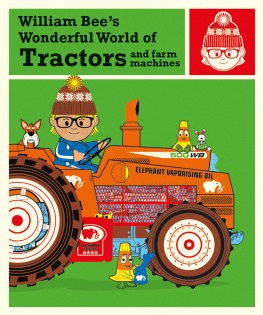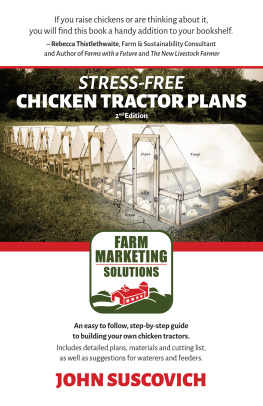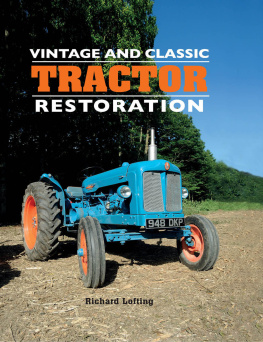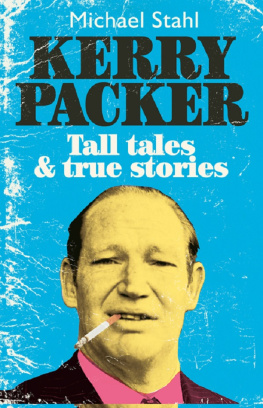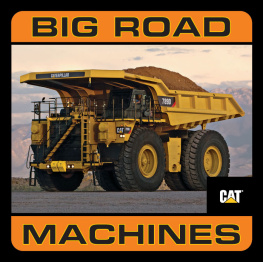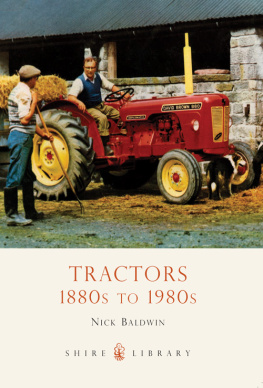A Reptile On My Tractor,
The Rampant Robot and other stories


A Reptile On My Tractor,
The Rampant Robot and other stories
Graeme R. Quick
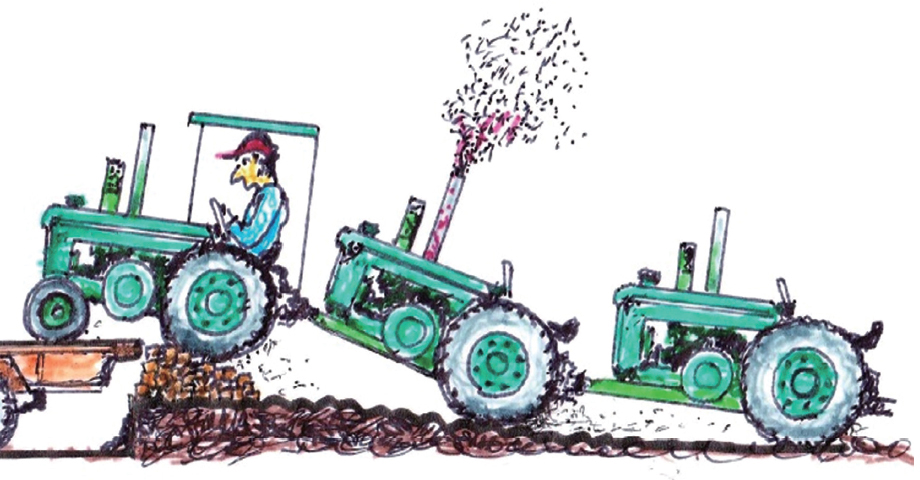
ROSENBERG
First published in Australia in 2014
by Rosenberg Publishing Pty Ltd
PO Box 6125, Dural Delivery Centre NSW 2158
Phone: 61 2 9654 1502 Fax: 61 2 9654 1338
Email:
Web: www.rosenbergpub.com.au
Copyright Graeme R. Quick 2014
All rights reserved. No part of this publication may be reproduced, stored in a retrieval system, or transmitted, in any form or by any means, electronic, mechanical, photocopying, recording or otherwise, without the prior permission of the publisher in writing.
National Library of Australia Cataloguing-in-Publication entry
Author: Quick, Graeme R., author.
Title: A reptile on my tractor, the rampant robot and other stories / Graeme R Quick.
ISBN: 9781925078183 (paperback)
ISBN: 9781925078428 (Epdf)
ISBN: 9781925078435 (Epub)
Subjects: TractorsHumor.
TractorsCaricatures and cartoons.
Agricultural machineryHumor.
Agricultural machinery--Caricatures and cartoons.
Farm equipmentHumor.
Farm equipmentCaricatures and cartoons.
FarmersHumor.
Dewey Number: 631.3

Trouble shooting a rampant robot.
CONTENTS
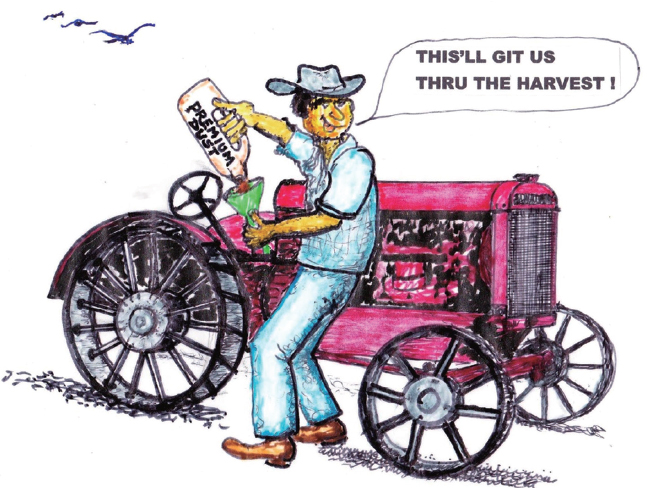
FOREWORD
Garrison Keillor, Minnesotan raconteur, once said: A book is a gift you can open again and again. This book has 50 episodes related to tractors and farm machines. It started out when the author began illustrating stories for some of his other books. The eclectic mix of cartoons and illustrations set off unusual associations. Every one of these episodes originated with a real person or event.
These are intended to be interesting to an audience wider than only people involved in agriculture. The episodes have been challenging and fun to illustrate.
Most of these episodes got their start with individuals who were personally visited or contacted for permission to use their story. Many thanks to those people. Where practicable or if they permit, they are acknowledged at the end of each episode.
Special thanks to my wife, Marlene, who for years has had to tolerate books and papers at times in the wrong places at home. Marlene is an excellent editor and has always had good advice in the choice of words for writing on tractors and farm equipmentand she is a gifted artist.
A proportion of royalties from our books is dedicated to the Adventist Development and Relief Agency (ADRA) for humanitarian works.
The author invites comments from anyone willing to draw attention to any omissions and invites fresh material for consideration in future editions.
Feedback always welcome.
Better still, why not send stories for consideration in a future edition?
Hopefully this is a book you will want to open often!
Dr Graeme Quick, Queensland, Australia
g.quick@bigpond.com
1. CREDIT A.H. MCDONALD FOR BEING FIRST, BUT IT WAS NOT ALL PLAIN SAILING
The first tractor made in Australia was a McDonald Imperial Oil Tractor. That McDonald Model EA was sold in July 1909 to Mr J.H. Dardel, who farmed near the Gheringhap railway station, Batesford, Victoria. The purchaser was impressed with the instantaneous starting ability of the McDonald Imperial: he said it took but Five minutes to be got readythere being no loss of time in getting steam.
Compared with contemporary lumbering steam traction engines, or with getting a horse team prepared for a days work, this was quite a step forward. At 4.5 tons, Mr Dardels tractor was a mere lightweight, a steam engine of comparable power would be at least double that weight.
The McDonald Imperial Tractor could cover 13.5 acres a day pulling a four-furrow disc plough. It used 1.47 gallons of kerosene, at a cost of one shilling and seven pence (1s. 7d. or about 20 cents) per acre.

The first Australianbuilt tractor, a Model EA Imperial Oil Tractor was manufactured in Melbourne by A.H. McDonald & Co. It was exhibited at the Royal Melbourne Show in 1909.The EA was started on petrol and operated on kerosene.
The Model EA, with its 20 HP four stroke engine mounted crosswise on the chassis, had magneto and coil ignition. It was fuelled by kerosene after being started on petrol. Thirteen EA tractors were built between 1908 and 1911.
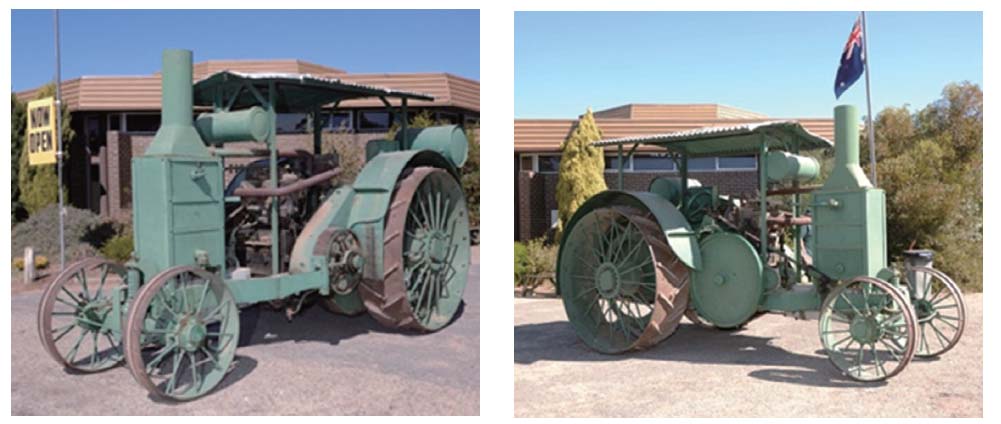
McDonald EAA at the Warracknabeal Machinery Museum. The stack out front was the exhaust-draft engine cooling system.
Engine Cooling. The earliest cooling system on the Imperials was simple, but fairly inefficient. A plunger-type water pump circulated water through the vertical engine jacket to the top of a cooling tower where pipes drilled with small holes allowed the water to dribble down to the main water reservoir at the base of the tower. The engines exhaust was piped to the top of the cooler where its vertical outlet created a draught of air, taken in through holes placed just above water level. The induced-draft tower engine cooling system was a variant on the systems used by such US makers of the time as Hart-Parr and Rumely, who used oil as the cooling medium, whereas McDonalds engines were water-cooled.
A 1911 McDonald advertisement claimed that the Imperial tractor keeps your sons on the farm because it reduces the drudgery and makes farm work more interesting. This theme of keeping youth on the farm was belted out in an old World War I song. How Ya Gonna Keep Em Down on the FarmAfter Theyve Seen Paree? Unquestionably, war service overseas would prove a mighty distraction to a returning farm worker.
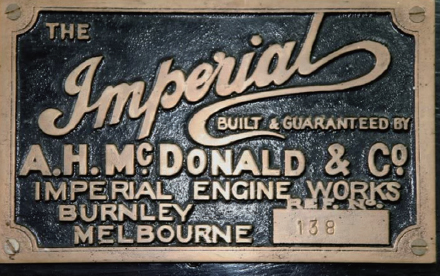
Makers brass plate from a Model EB Imperial Tractor, number 138, that is at the Lake Goldsmith museum in Victoria. (Image by David Parfitt; Source: http://www.steel-wheels.net/mcdonald.html)
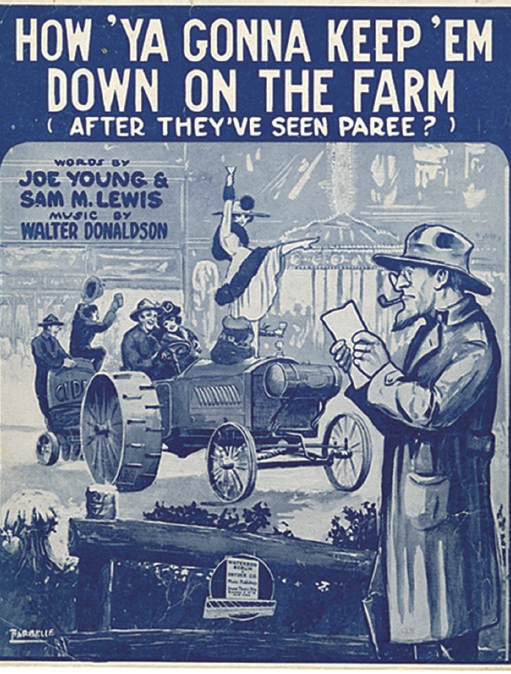
Cover of Young and Lewiss music sheet How Ya Gonna Keep Em Down on the Farm (After Theyve Seen Paree?). The tractor on the cover sheet may be a Flour City model.
Bottomless Transmission
The EAs transmission provided three forward speeds and one reverse. The gears did not run in an oil bath. The earliest gearboxes were well supported in a cast-iron housing that had no bottom. There was a removable access cover and oil cups for lubricating the journal bearings. The driver simply lifted the access cover from time to time and used an oil can to squirt lubricating oil over the gears.
Next page



